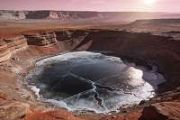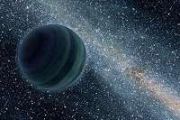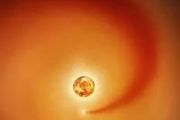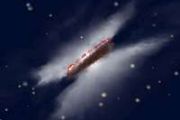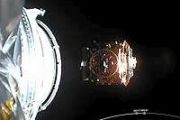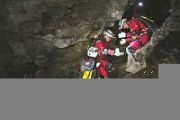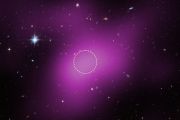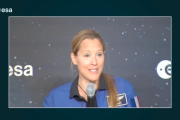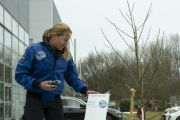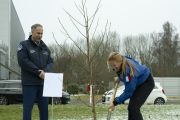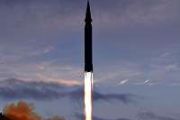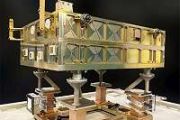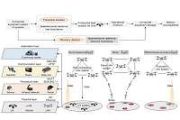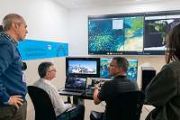
Copernical Team
Kenya investigating fallen space debris
This request seems a bit unusual, so we need to confirm that you're human. Please press and hold the button until it turns completely green. Thank you for your cooperation!
Press and hold the button
If you believe this is an error, please contact our support team.
185.132.36.159 : 5c4fc80b-340b-42ae-b2d4-9a490263
How to catch the Quadrantids, the first meteor shower of 2025
This request seems a bit unusual, so we need to confirm that you're human. Please press and hold the button until it turns completely green. Thank you for your cooperation!
Press and hold the button
If you believe this is an error, please contact our support team.
185.132.36.159 : 44fa2ef5-a91d-488e-812e-6fe14666
Sun emits three powerful solar flares
 The Sun unleashed three significant solar flares on December 29, 2024, recorded at peak times of 2:18 a.m. ET, 11:14 p.m. ET, and 11:31 p.m. ET. These events were documented by the Solar Ultraviolet Imager operated by the National Oceanic and Atmospheric Administration (NOAA), a continuous observer of solar activity.
Solar flares, potent bursts of energy from the Sun, have the potential to
The Sun unleashed three significant solar flares on December 29, 2024, recorded at peak times of 2:18 a.m. ET, 11:14 p.m. ET, and 11:31 p.m. ET. These events were documented by the Solar Ultraviolet Imager operated by the National Oceanic and Atmospheric Administration (NOAA), a continuous observer of solar activity.
Solar flares, potent bursts of energy from the Sun, have the potential to SpaceX knocks out 1st of final 2 Space Coast launches of 2024
This request seems a bit unusual, so we need to confirm that you're human. Please press and hold the button until it turns completely green. Thank you for your cooperation!
Press and hold the button
If you believe this is an error, please contact our support team.
185.132.36.159 : c8f34ead-f810-4c45-a547-207790f1
NASA's micro-mission Lunar Trailblazer will make macro-measurements of the lunar surface in 2025
This request seems a bit unusual, so we need to confirm that you're human. Please press and hold the button until it turns completely green. Thank you for your cooperation!
Press and hold the button
If you believe this is an error, please contact our support team.
185.132.36.159 : d437a4b9-338a-46eb-9336-ac88770a
Lunar Trailblazer will make macro-measurements of the lunar surface in 2025
 NASA's upcoming Artemis II mission is slated to return astronauts to the Moon no sooner than April 2026. Astronauts were last on the Moon in 1972 during the Apollo 17 mission.
Artemis II will utilize NASA's Space Launch System, which is an extremely powerful rocket that will enable human space exploration beyond Earth's atmosphere. The crew of four will travel in an Orion spacecraft, which
NASA's upcoming Artemis II mission is slated to return astronauts to the Moon no sooner than April 2026. Astronauts were last on the Moon in 1972 during the Apollo 17 mission.
Artemis II will utilize NASA's Space Launch System, which is an extremely powerful rocket that will enable human space exploration beyond Earth's atmosphere. The crew of four will travel in an Orion spacecraft, which Sols 4402-4415: Rover Decks and Sequence Calls for the Holidays
 Welcome to the 2024 holiday plan for Curiosity! This year we're spanning 14 sols to last us through the Earth new year. And this is my fourth year operating Mastcam during the holidays (throwback to 2023 Marsmas!). I already knew to expect a long day, so I got my lunch prepared - blew Mars a kiss in the pre-dawn sky - and headed to work at 0600 Pacific time to start planning prep. Luckily my tea
Welcome to the 2024 holiday plan for Curiosity! This year we're spanning 14 sols to last us through the Earth new year. And this is my fourth year operating Mastcam during the holidays (throwback to 2023 Marsmas!). I already knew to expect a long day, so I got my lunch prepared - blew Mars a kiss in the pre-dawn sky - and headed to work at 0600 Pacific time to start planning prep. Luckily my tea SpaceX launches final mission of 2024 with 21 Starlink satellites
 SpaceX successfully completed its final launch of a record-breaking year early Tuesday morning, deploying 21 Starlink satellites into orbit from the Kennedy Space Center in Florida. The Falcon 9 rocket lifted off at 12:39 a.m. EST, marking the company's 134th orbital mission in 2024. "This is the 16th flight for the first stage booster supporting this mission, which previously launched Crew-6, BlueBird-1, USSF-124, mPOWER-B, and 11 Starlink missions," SpaceX noted.
SpaceX successfully completed its final launch of a record-breaking year early Tuesday morning, deploying 21 Starlink satellites into orbit from the Kennedy Space Center in Florida. The Falcon 9 rocket lifted off at 12:39 a.m. EST, marking the company's 134th orbital mission in 2024. "This is the 16th flight for the first stage booster supporting this mission, which previously launched Crew-6, BlueBird-1, USSF-124, mPOWER-B, and 11 Starlink missions," SpaceX noted. China allocates lunar samples for new research projects
 China's Lunar Exploration and Space Engineering Center, part of the China National Space Administration, has approved its eighth batch of lunar sample research applications. These applications allow scientists to borrow lunar material collected during the Chang'e 5 and Chang'e 6 missions.
A total of 8,550.4 milligrams of lunar samples will be distributed among 18 researchers representing 1
China's Lunar Exploration and Space Engineering Center, part of the China National Space Administration, has approved its eighth batch of lunar sample research applications. These applications allow scientists to borrow lunar material collected during the Chang'e 5 and Chang'e 6 missions.
A total of 8,550.4 milligrams of lunar samples will be distributed among 18 researchers representing 1 Viasat to provide advanced network orchestration for Defense Innovation Unit's Autonomous Systems
 Viasat, Inc. (NASDAQ: VSAT), a leading global provider of satellite communications, has been chosen by the Defense Innovation Unit (DIU) to supply resilient networking solutions for the Replicator initiative. This program is focused on delivering autonomous systems designed to support warfighter operations with advanced command and control (C2) capabilities. The initiative is a key part of the U
Viasat, Inc. (NASDAQ: VSAT), a leading global provider of satellite communications, has been chosen by the Defense Innovation Unit (DIU) to supply resilient networking solutions for the Replicator initiative. This program is focused on delivering autonomous systems designed to support warfighter operations with advanced command and control (C2) capabilities. The initiative is a key part of the U 







